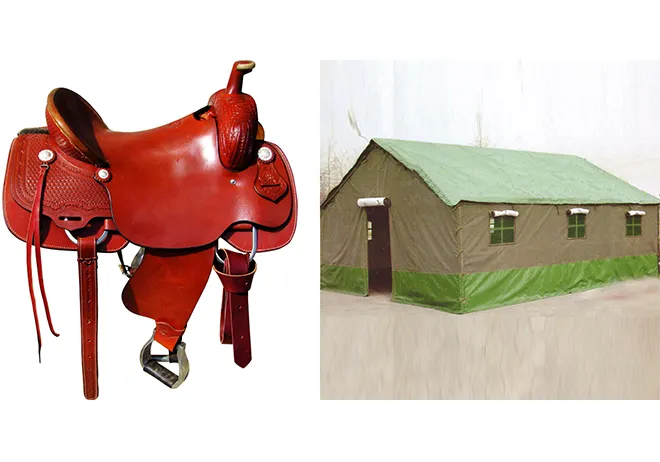Long Arm and High Arm Sewing Machines for Efficient Sail Production Techniques
The Long Arm and High Arm Sail Making Machine Revolutionizing the Maritime Industry
In the world of maritime crafts, the production of sails is a critical aspect that directly influences the efficiency and performance of different types of vessels. One of the most significant advancements in sail manufacturing technology is the long arm and high arm sail making machine. This innovative piece of equipment has transformed the way sails are produced, offering enhanced precision, speed, and versatility that cater to the diverse needs of the maritime industry.
The Mechanism
The long arm and high arm sail making machine is engineered to accommodate larger pieces of fabric, which is essential when creating sails for boats and ships of varying sizes. Unlike traditional sewing machines, this machine features an extended arm that allows operators to easily maneuver and stitch wide fabrics without the constraints typically associated with smaller machines. The high arm design further aids in accessing the bulk of the material, making the entire sewing process more efficient.
The machine’s cutting-edge features include an automatic tension control system, which ensures consistent sewing quality throughout the entire length of the fabric. This is crucial in sail making, where variations in stitch tightness can compromise the durability and performance of the sail. Moreover, the long arm and high arm design allows for the integration of various sewing techniques, such as zigzag, straight, and double-stitched methods, enabling the production of intricate patterns and reinforced seams that are essential for modern sails.
Benefits to Sail Makers
One of the primary advantages of using a long arm and high arm sail making machine is the significant reduction in production time. Sail makers can now work on larger projects with greater efficiency, thereby increasing their output without sacrificing quality. This is particularly beneficial for businesses aiming to meet high demand during peak sailing seasons or for large orders consistently required by commercial shipping companies.
long arm & high arm sail making machine

Additionally, the precision offered by these machines reduces material wastage. Operators can meticulously cut and sew fabrics with minimal errors, ensuring that every inch of material is utilized effectively. This not only improves profitability for sail manufacturers but also aligns with the growing emphasis on sustainability within the industry. By optimizing fabric use, manufacturers contribute to reducing waste and minimizing their environmental footprint.
Versatility and Customization
The long arm and high arm sail making machine is designed for versatility. Sail makers can easily switch between different fabrics, such as Dacron, laminate, or spinnaker, and adjust settings to accommodate various weights and textures. This adaptability enables businesses to cater to a wider range of customers, from casual sailors to competitive racing teams, each requiring unique sail specifications.
Moreover, customization options are abundant. The ability to create bespoke sails tailored specifically to the needs and preferences of clients enhances customer satisfaction and loyalty. With advanced software capabilities, these machines can even incorporate digital designs, allowing for personalized branding and intricate visuals on sails, something that was previously time-consuming and challenging to achieve.
Conclusion
The introduction of the long arm and high arm sail making machine represents a significant leap forward for the maritime manufacturing sector. By streamlining the sail production process, enhancing precision, and providing unprecedented versatility, this technology not only boosts the efficiency of sail makers but also elevates the quality of sails produced. As the maritime industry continues to evolve, innovations like this will ensure that businesses remain competitive, responsive to market demands, and capable of producing durable, high-performance sails that meet the ever-changing needs of sailors worldwide. The long arm and high arm sail making machine is more than just a tool; it is a catalyst for progress in the art and science of sail making.
-
Industrial Cylinder Arm Sewing Machine: Revolutionizing Heavy-Duty SewingNewsJul.28,2025
-
Cylinder Arm Sewing Machine: Perfect for Special Sewing ApplicationsNewsJul.28,2025
-
Cylinder Bed Sewing Machine: Essential for Sewing Complex MaterialsNewsJul.28,2025
-
Heavy Duty Sewing Machine: The Essential Tool for Industrial ApplicationsNewsJul.28,2025
-
Computerized Pattern Sewing Machine: Revolutionizing Precision StitchingNewsJul.28,2025
-
Heavy Duty Industrial Sewing Machine: Power Meets PrecisionNewsJul.28,2025
-
Leather Sewing Machine: The Industrial Standard for Tough MaterialsNewsJul.18,2025





























